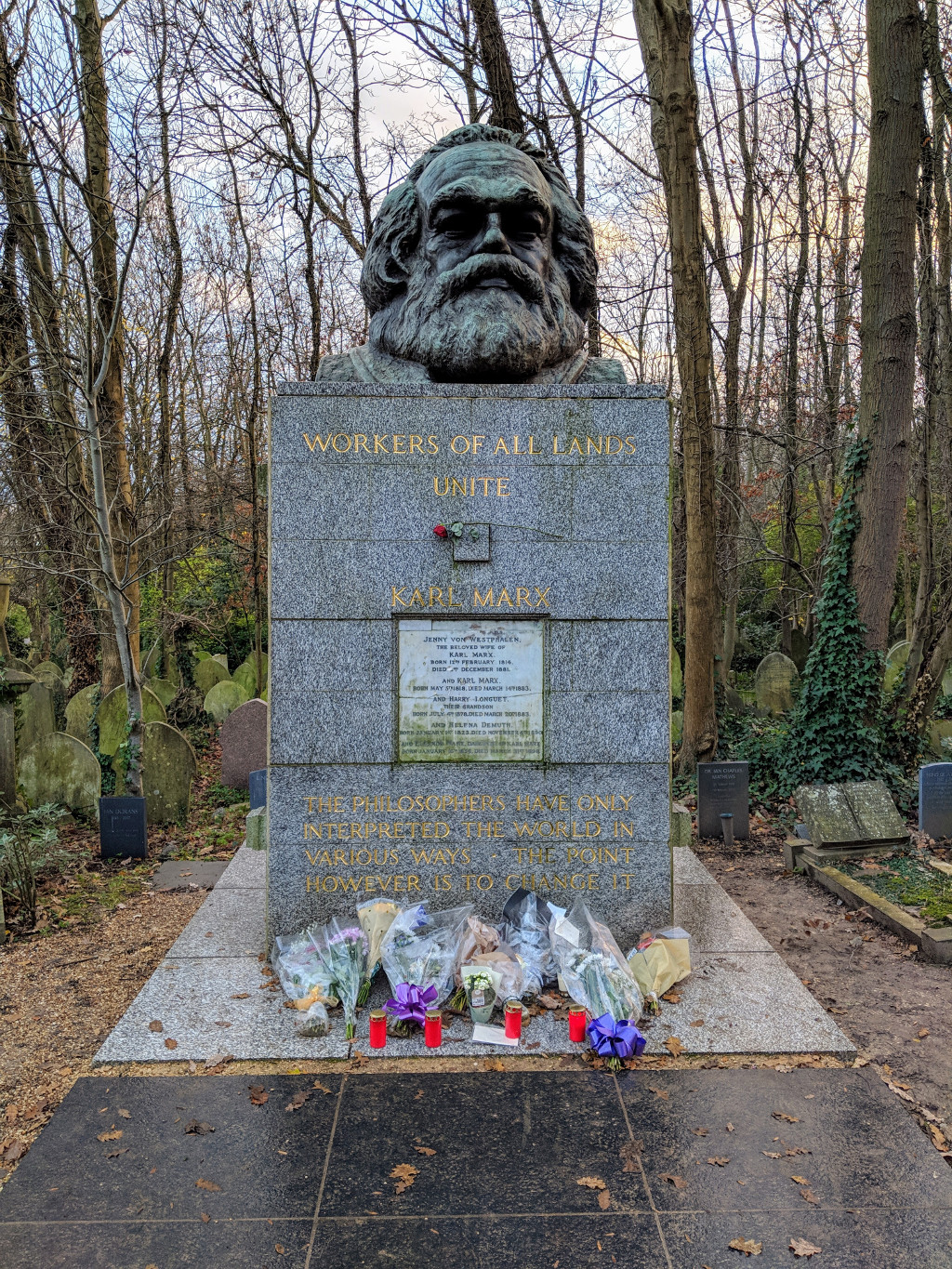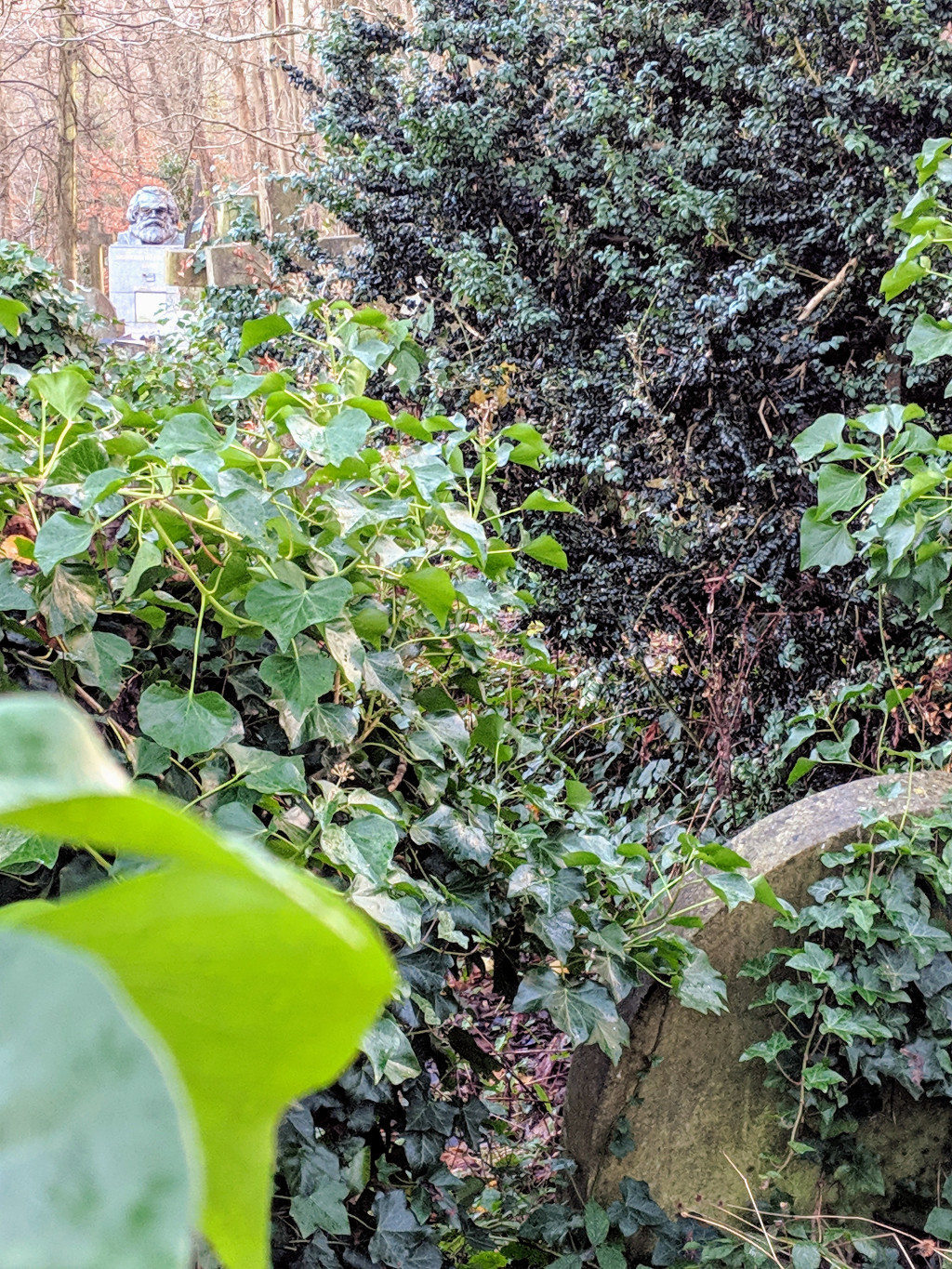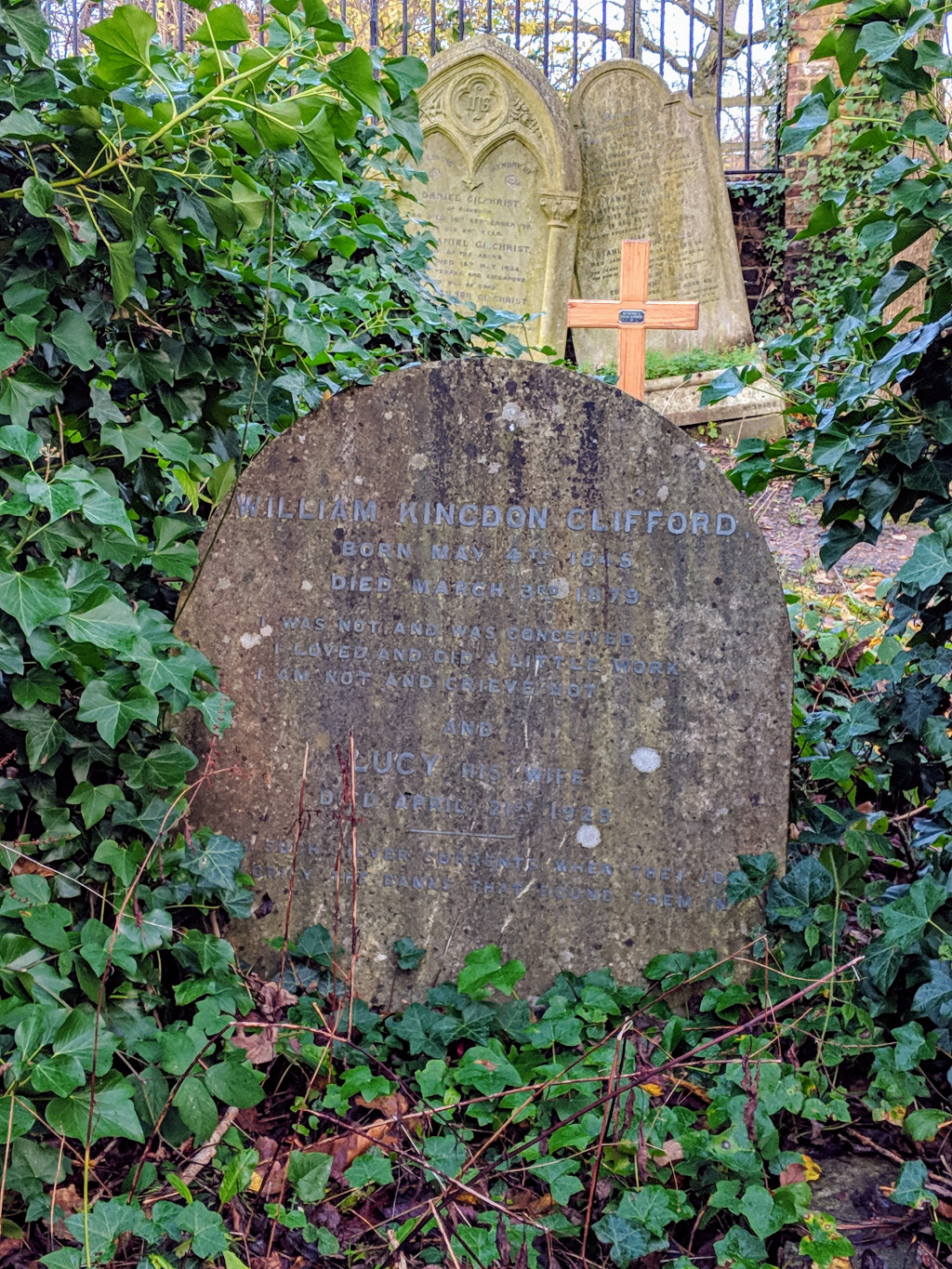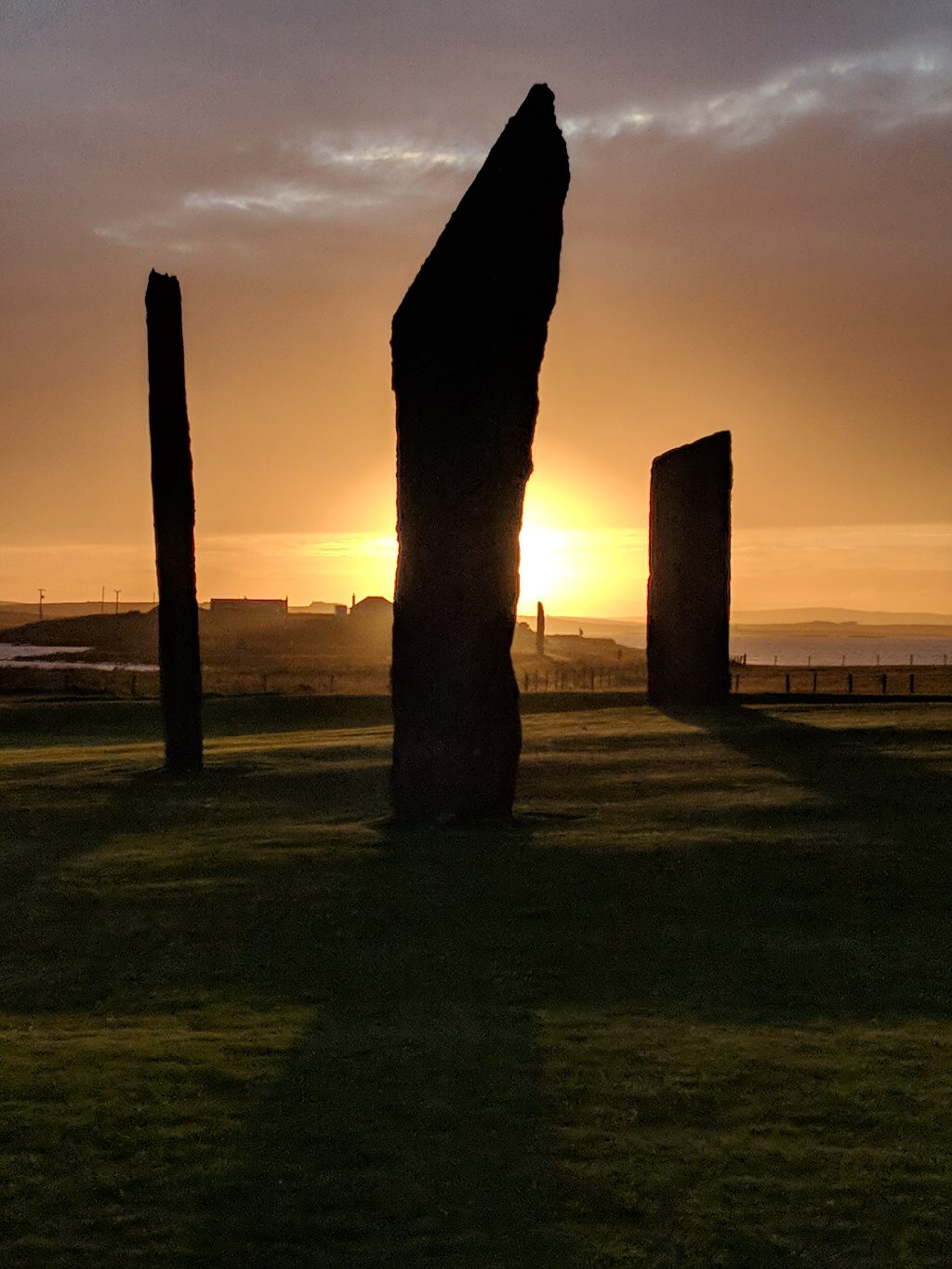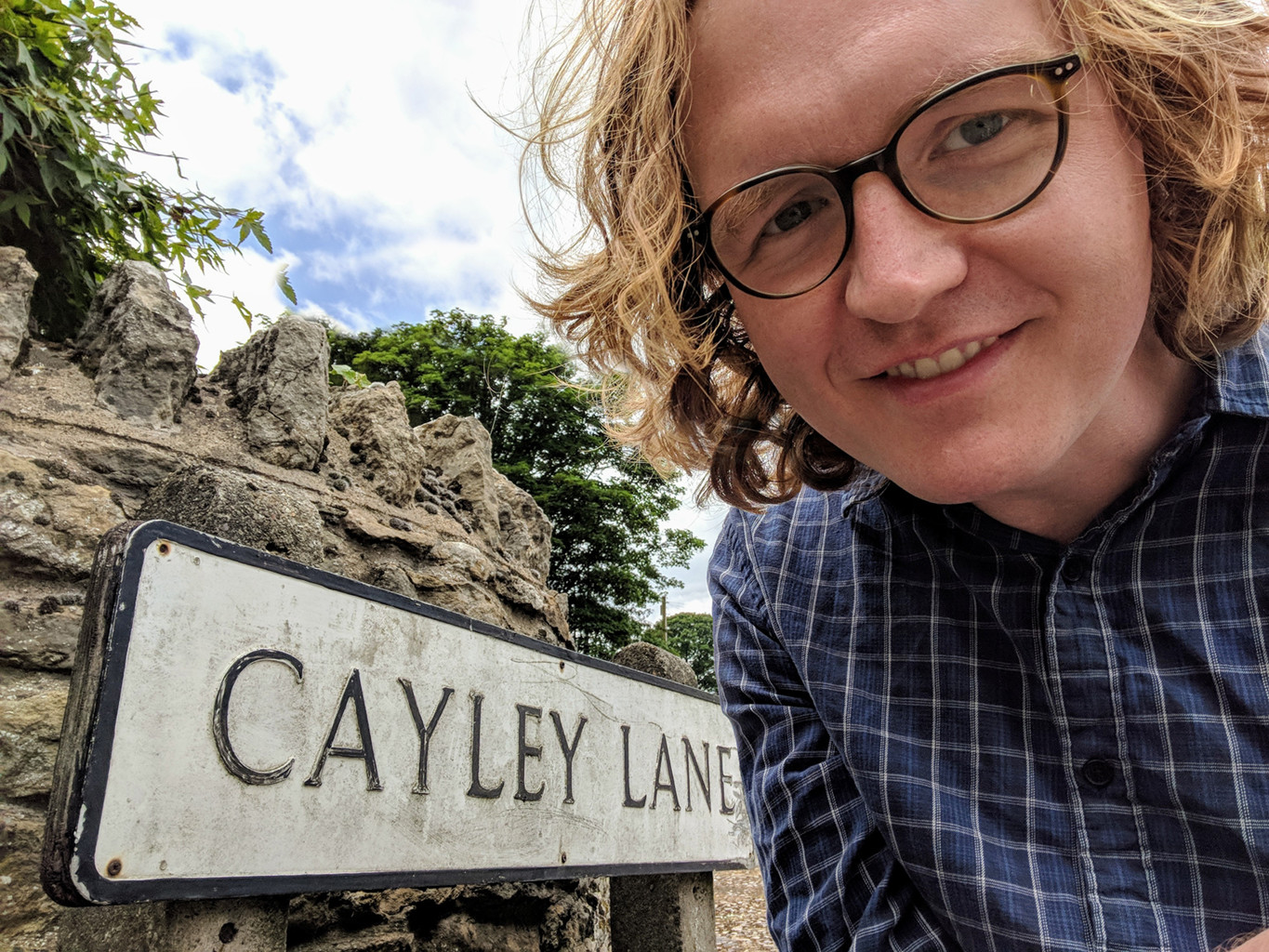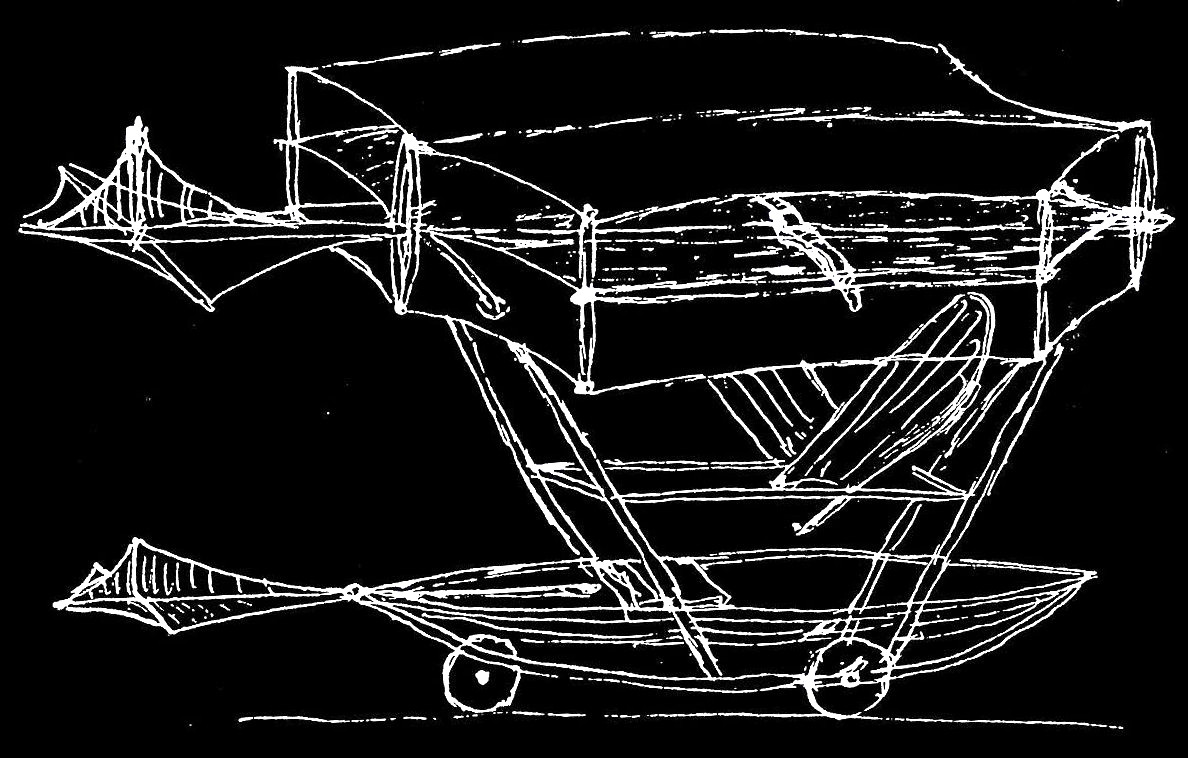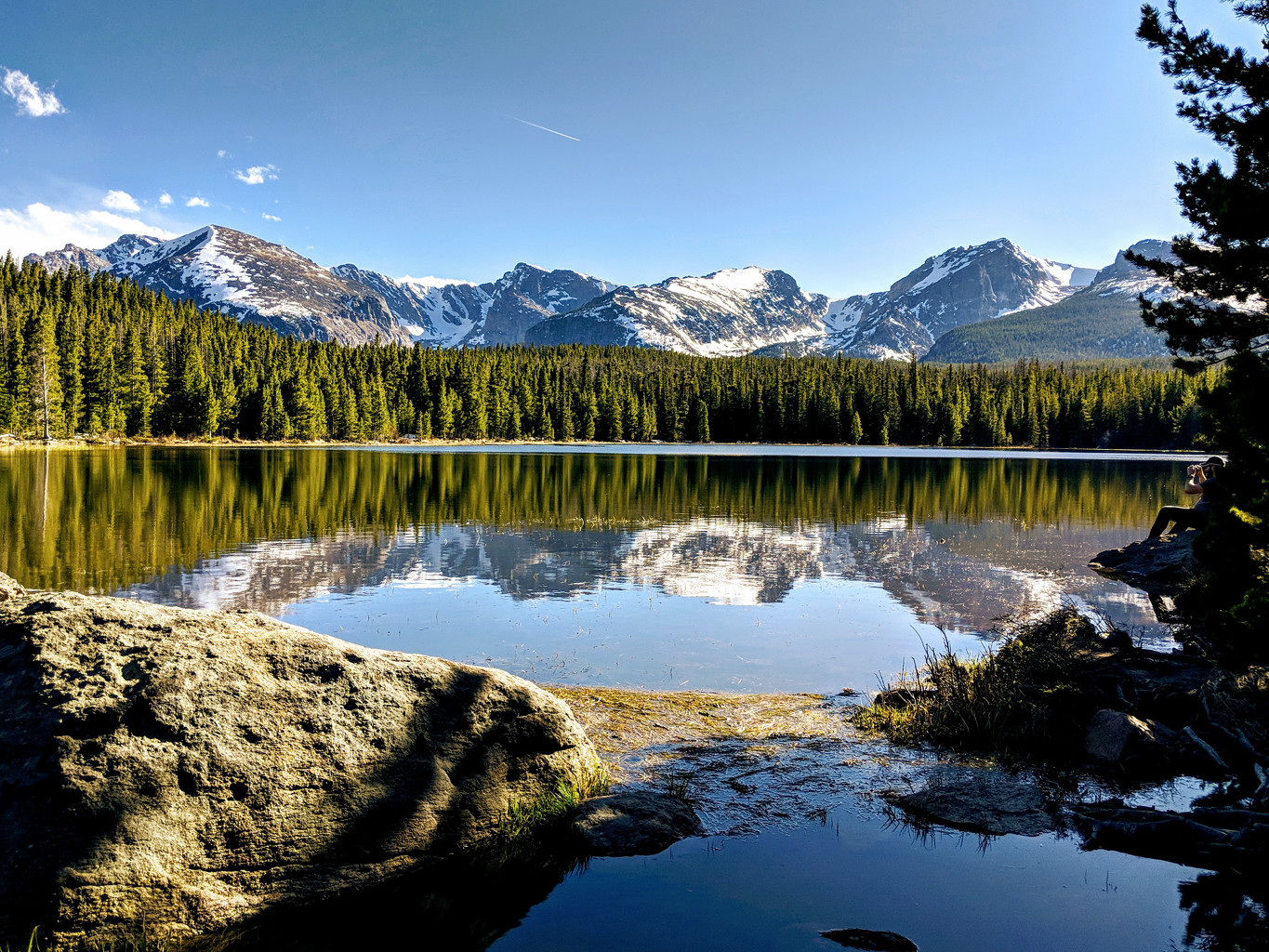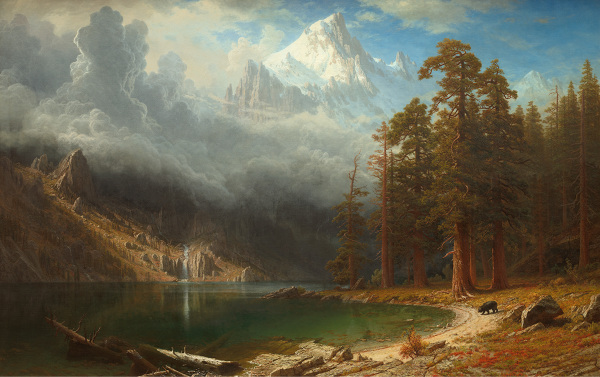| BLOG |
Carl McTague
mathematician, composer, photographer, fiddler |
Clifford & Marx
The headstones of Clifford (†1879) and Marx (†1883) seem to be in conversation at Highgate Cemetery in London.
The Standing Stones of Stenness
Possibly the oldest henge in the British Isles – the Standing Stones of Stenness in Orkney, Scotland. The Stenness Watch Stone is visible in the distance. The Ness of Brogdar, Ring of Brogdar, Maeshowe, and Skara Brae are nearby but not visible.
Compare my photo with the following still from Powell & Pressburger’s first collaboration, The Spy in Black (1939).
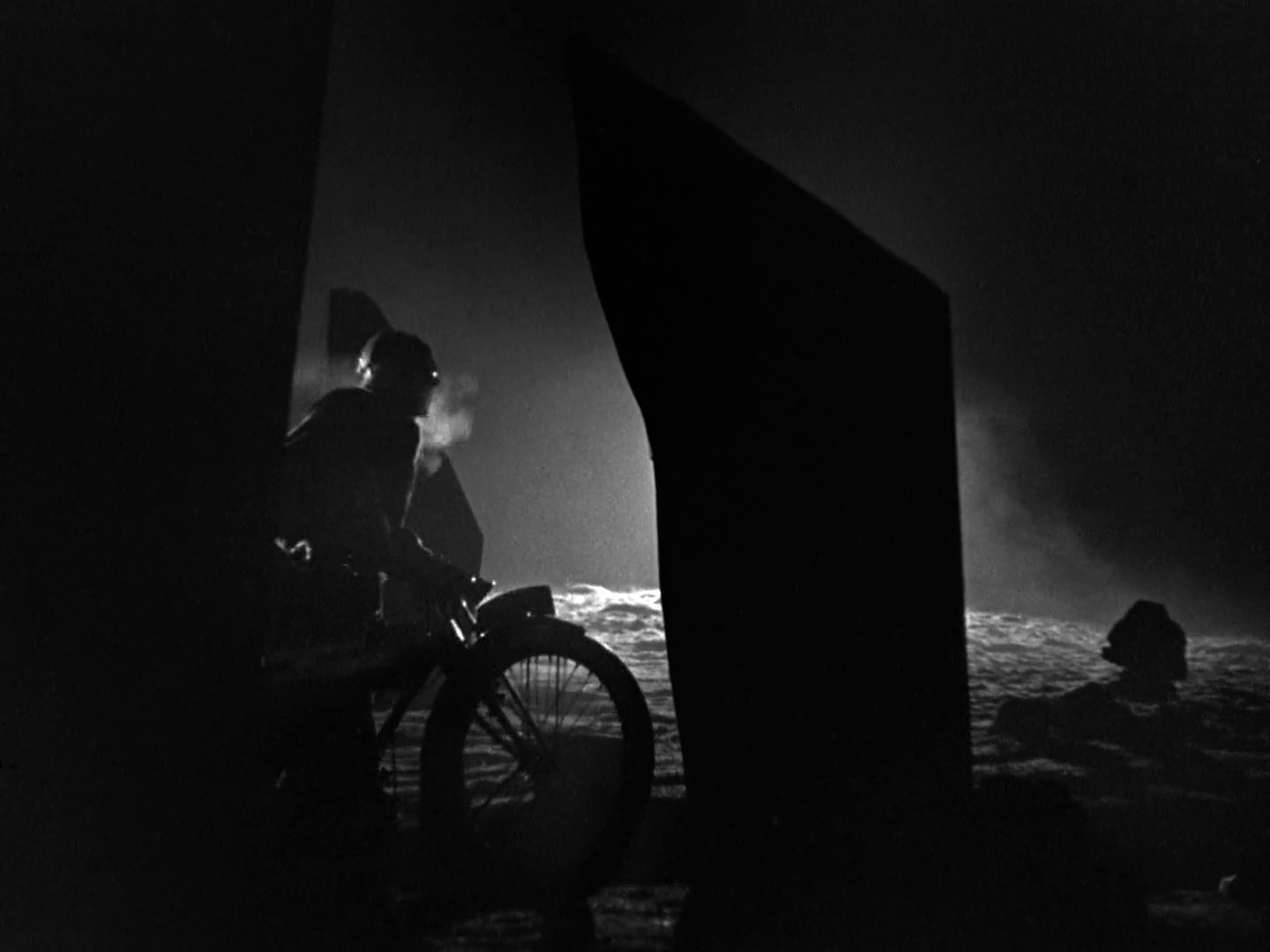
In it Conrad Veidt is sneaking with a motorcycle between moonlit standing stones in Orkney, on his way from his U-boat near The Old Man of Hoy to a clandestine rendezvous in a house overlooking the British Grand Fleet in Scappa Flow.
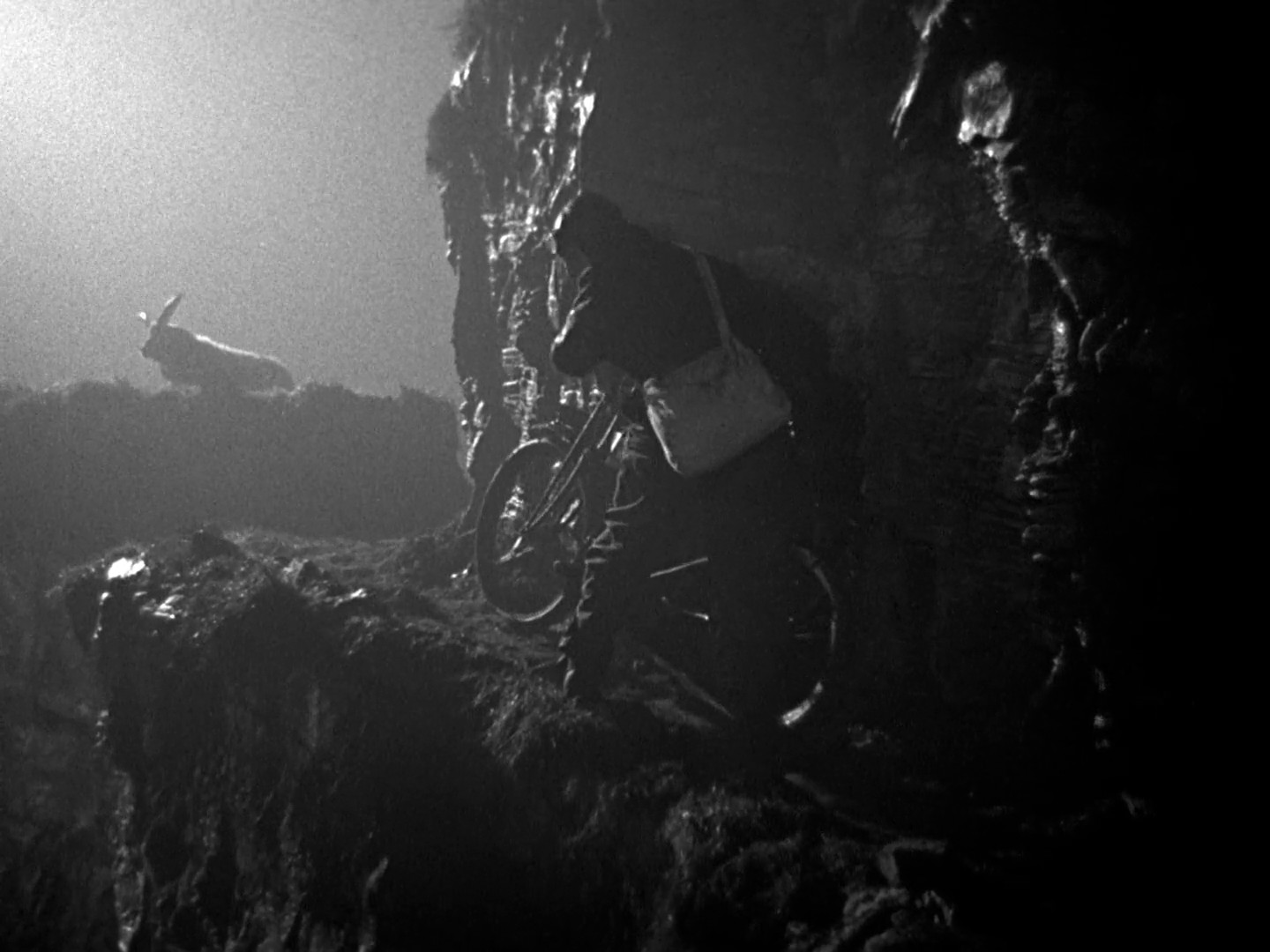
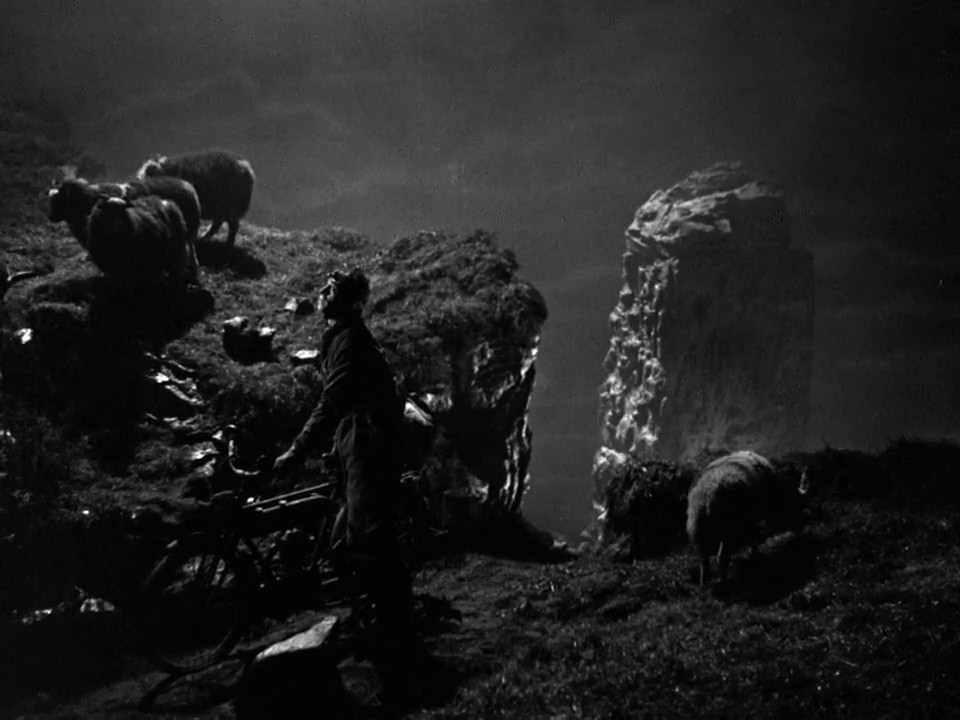
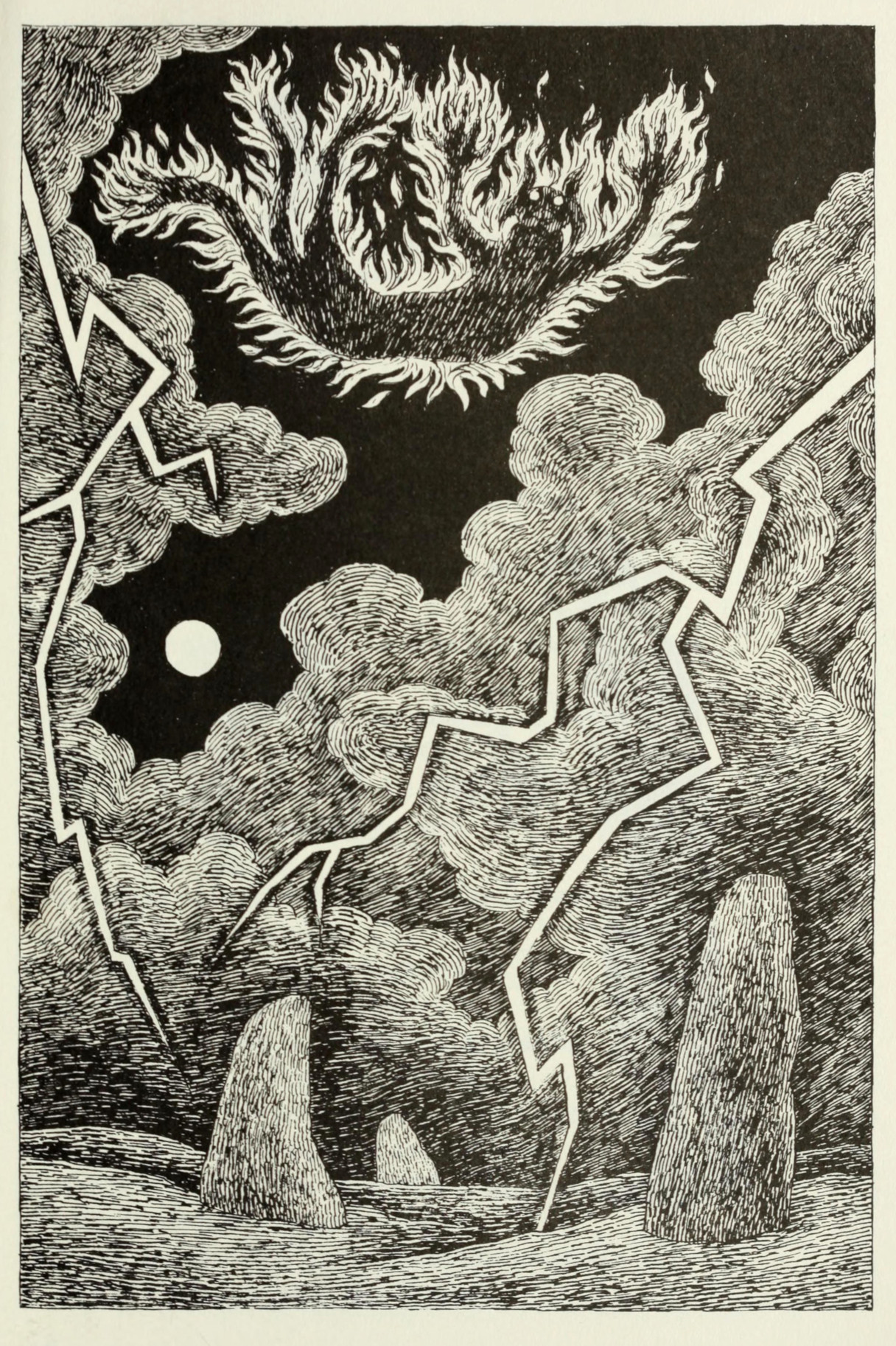
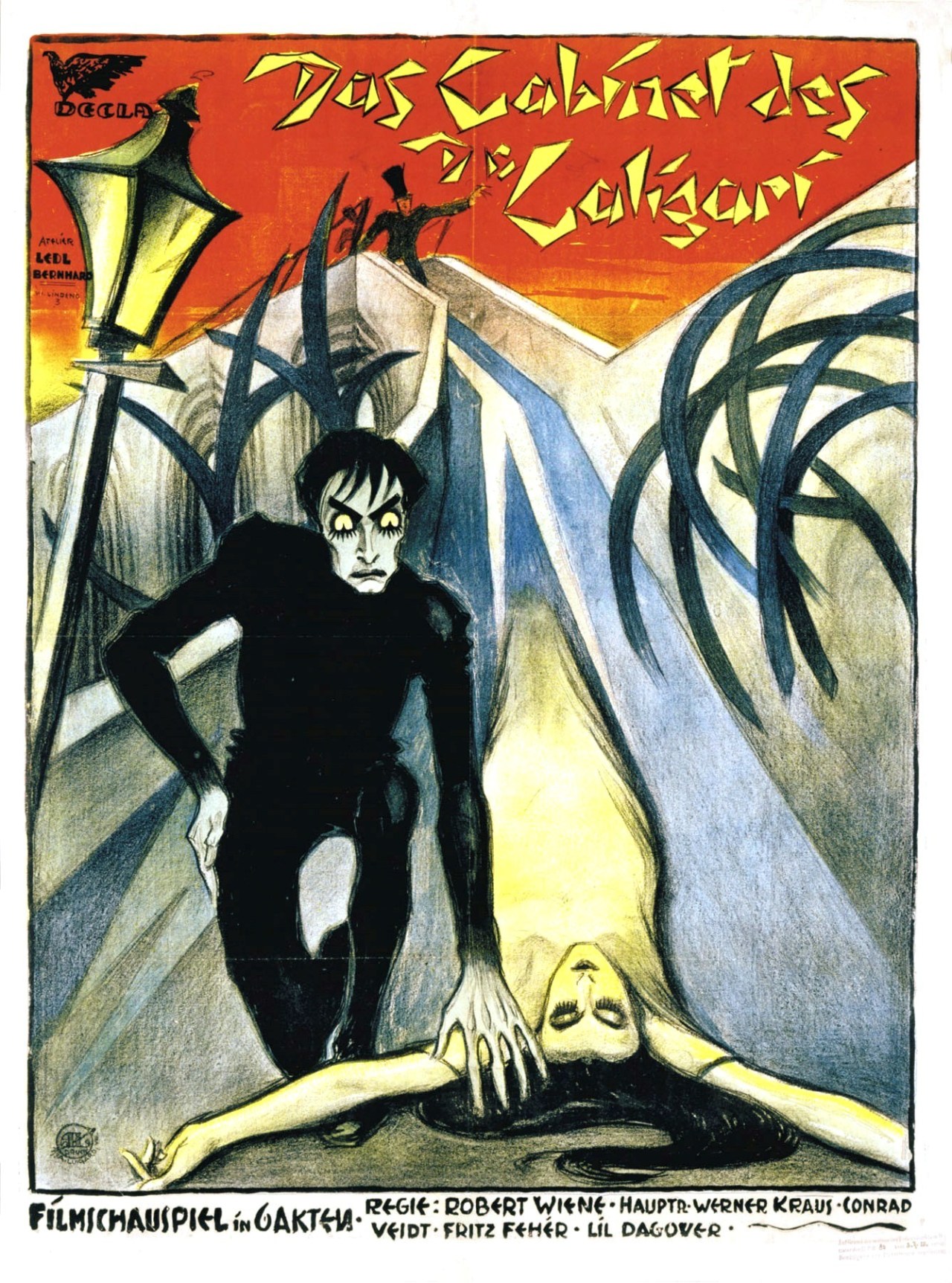
I incidentally once dressed up for Halloween as one of Veidt’s earliest screen roles – the somnambulist in The Cabinet of Dr. Caligari (1920).
Besides Powell & Pressburger – and of course Kubrick – the sunset at Stenness also made me think of Edward Gorey’s drawing of Firefrorefiddle, the Fiend of the Fell for TS Eliot’s Old Possum’s Book of Practical Cats (1939) and “The Mathematician’s Nightmare” from Bertrand Russell’s Nightmares of Eminent Persons and Other Stories (1954).
Related News
- Drought and Drone Reveal ‘Once-in-a-Lifetime’ Signs of Ancient Henge in Ireland, The New York Times, 13 July 2018.
- Saving Scotland’s Heritage From the Rising Seas, The New York Times, 25 Sept 2018.
Cayley Lane
There are two things called the Cayley Plane,
-
The projective plane over the octonions, named after the mathematician Sir Arthur Cayley (1821–1895), and
- The groundbreaking aeroplane designed by his distant cousin, the aviation pioneer Sir George Cayley (1774–1857).
I could write a lot about the first. In fact, I’ve written a paper about it,
The Cayley Plane and String Bordism, Geometry & Topology 18-4 (2014), 2045–2078.
But last week I travelled to Brompton [outside Scarborough, UK] to pay homage to the second.
I visited Sir George’s workshop at Brompton Hall, where he designed his plane. [Cayley Lane, pictured above, runs beside it.] And I spent the night at Sir George’s annex Wydale Hall, now a retreat centre run by the Diocese of York.
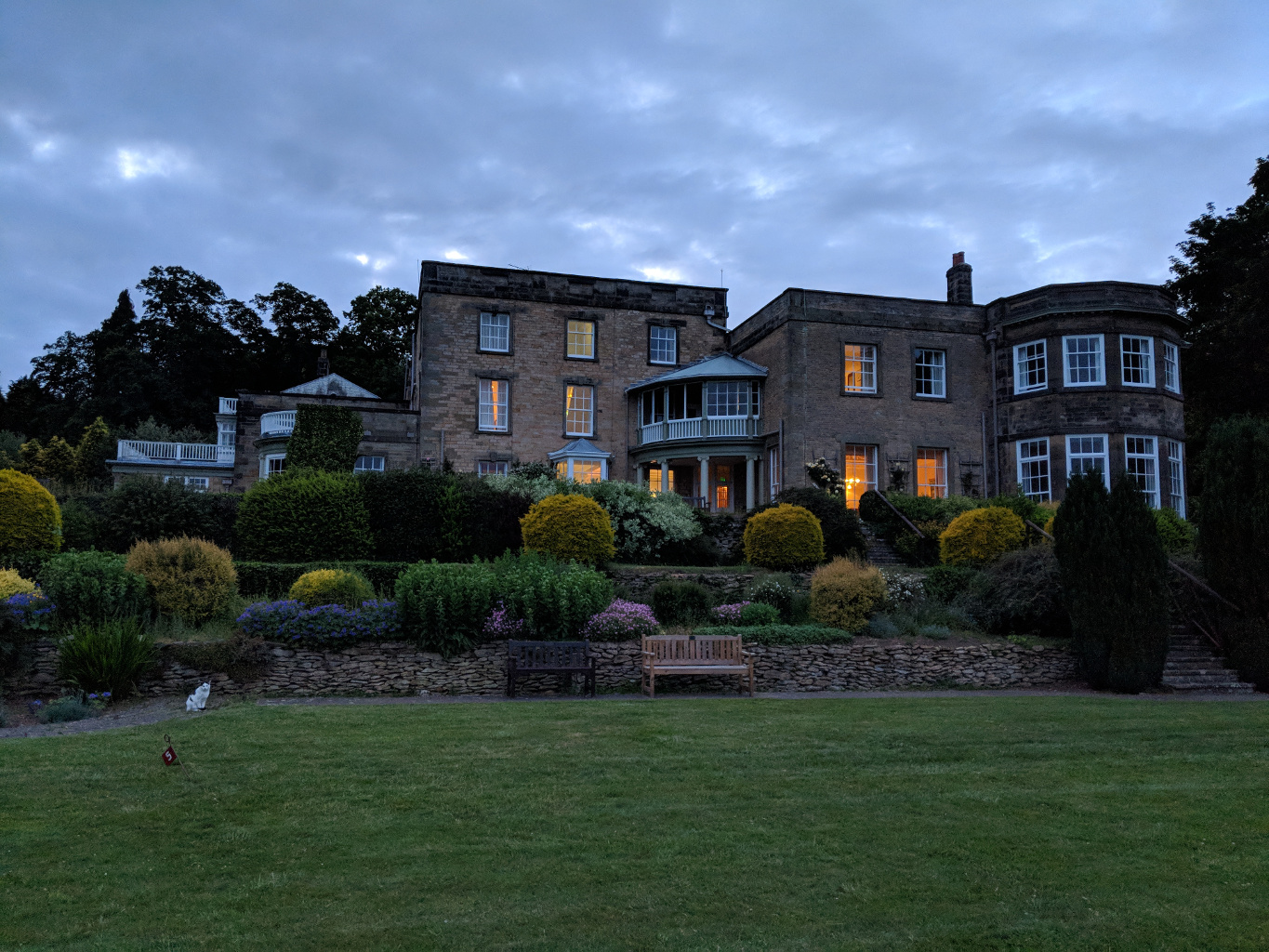
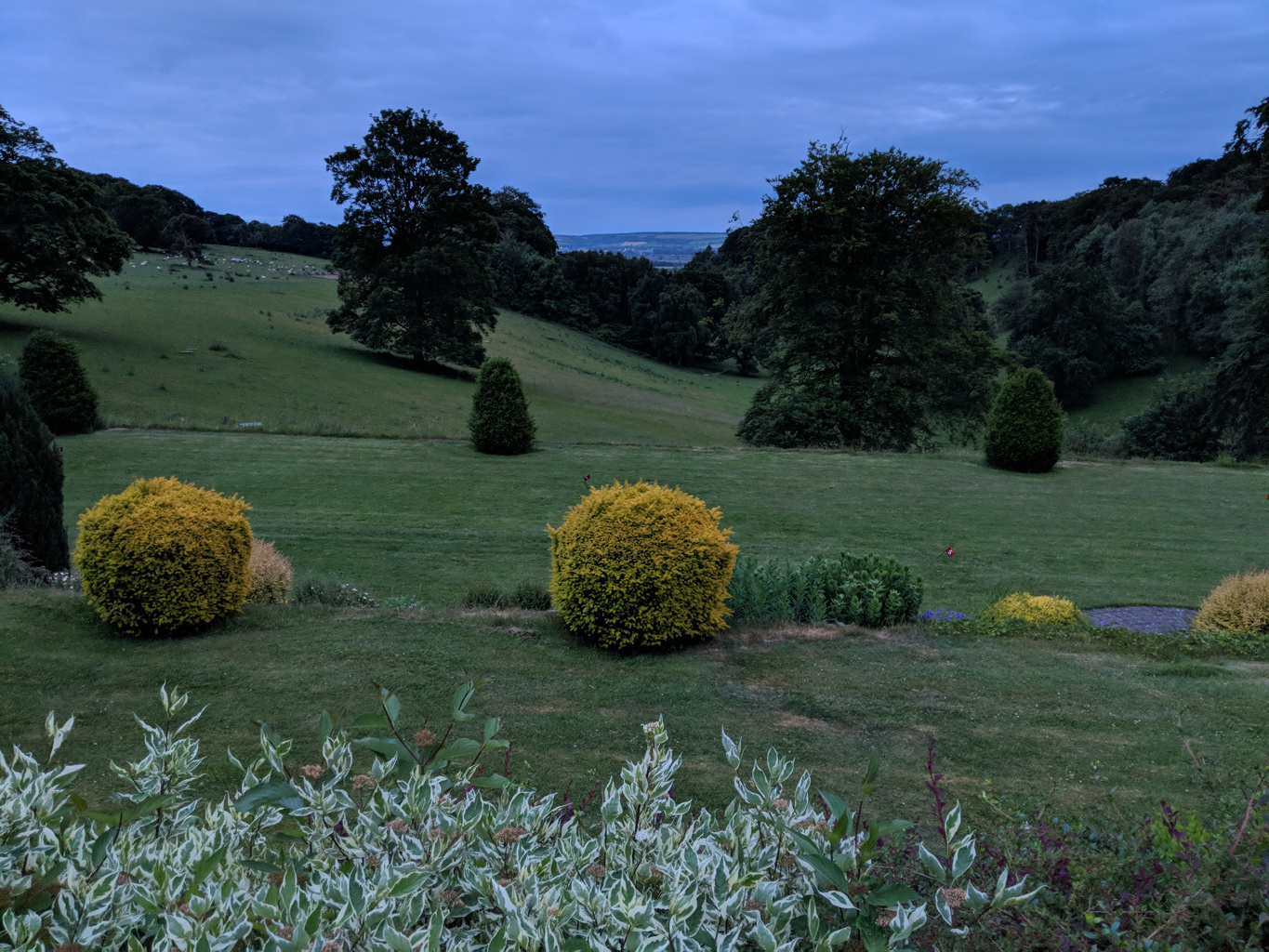
After breakfast a kind 83-year-old pastor named Michael walked me to Brompton Dale, where in 1853 Sir George’s terrified coachman John Appleby flew the plane [afterwards saying “Please, Sir George, I wish to give notice. I was hired to drive, and not to fly.”]
There is, as far as I know, no connection with the Brompton folding bicycle – my primary mode of transport, named by its inventor Andrew Ritchie after the Brompton Oratory in London, where Alfred Hitchcock got hitched, and which Ritchie could see from his workshop window while building prototypes in 1976 – outside the fact that Sir George invented the wire wheel for his plane.
Speaking of London, a few days earlier I visited Lincoln’s Inn, where in the 1840’s Sir Arthur would meet to discuss invariant theory with his friend JJ Sylvester – not to be confused with Sylvester II.
Bierstadt Lake
Bierstadt Lake is perched on a moraine near the Continental Divide in Rocky Mountain National Park. After spotting the painter’s surname on a map, Vitaly Lorman and I climbed 600 feet to reach the moraine, then made our way through a dense pine forest to arrive at the lake, which instantly called to mind Albert Bierstadt’s 1876 painting Mount Corcoran. [The lake is incidentally 7 miles from the Stanley Hotel, where in 1974 Stephen King wrote The Shining.]
A Dynamical Proof That the Ratio of Successive Fibonacci Numbers Approaches the Golden Ratio
In his 1611 essay On the Six-Cornered Snowflake, Johannes Kepler observed that the ratio of successive Fibonacci numbers $F_n/F_{n-1}$ approaches the golden ratio $\tfrac12(1+\sqrt5)$. [Recall that $F_1=F_2=1$ and $F_{n+1}=F_n+F_{n-1}$ for $n\ge2$.]
Many proofs have since been found. Here is a quick, dynamical one I thought of which I have been unable to find in the literature.
Proof: Consider the function $f(x)=(1+x)/x$. The sequence of ratios of successive Fibonacci numbers is the orbit of $F_2/F_1=1$ under $f$, i.e. $$ f(F_n/F_{n-1})=F_{n+1}/F_n. $$ On the other hand, $f$ has precisely two fixed points, the roots of $x^2-x-1$, one positive (the golden ratio), the other negative. Since $f'(x)=-1/x^2$, $f$ is a decreasing function for $x>0$. And $f(2)=3/2$ while $f(3/2)=5/3$. So $f$ maps the interval $[3/2,2]$ into itself. In fact, $f$ is a contracting mapping on $[3/2,2]$ (with Lipschitz constant $4/9$) since $$ |f(x)-f(y)|=|y-x|/|xy|\le\tfrac49|y-x| $$ for $x,y\in[3/2,2]$. By the Banach fixed point theorem, then, all orbits in $[3/2,2]$ approach the golden ratio. Although $1$ is not in $[3/2,2]$, $f(1)=2$ is, so the orbit of $1$ approaches the golden ratio. ∎
This proof can be extended to show that the conclusion holds even if the first two terms $F_1,F_2$ of the Fibonacci sequence are altered, provided their ratio $F_2/F_1$ is not $\tfrac12(1-\sqrt5)$ (the negative, unstable fixed point of $f$).
In a sense this explains why the limit is the golden ratio: being a fixed point of $f$ is the defining property of the golden ratio.
« Previous Page — Next Page »
